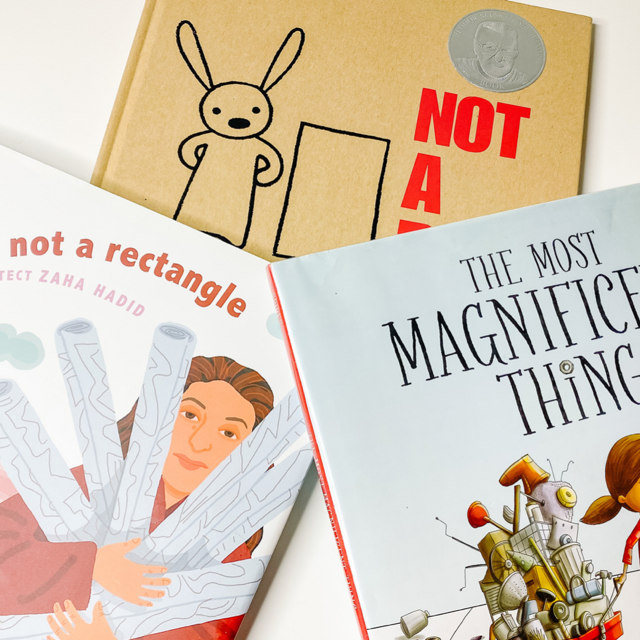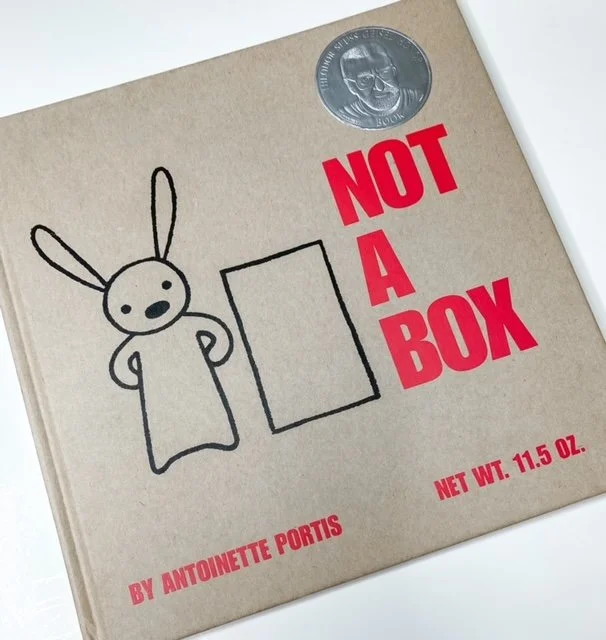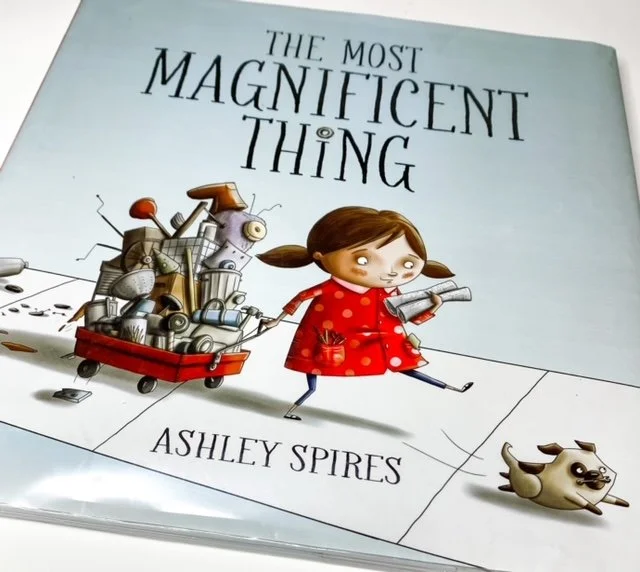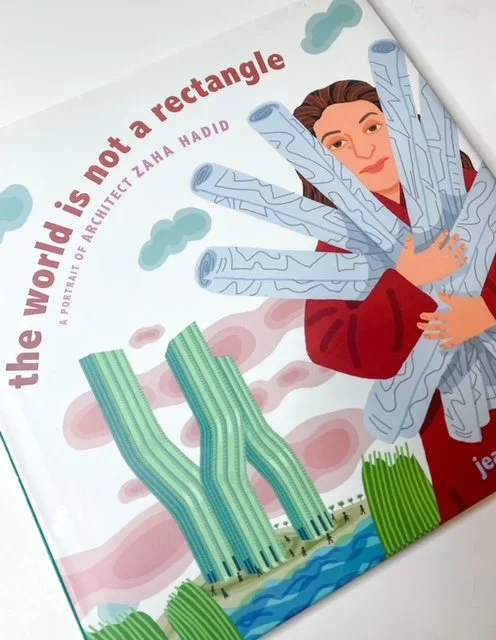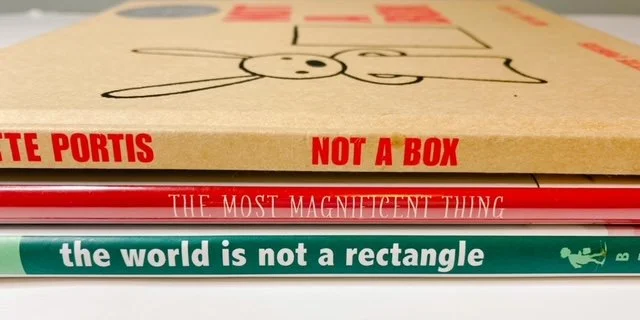Top 3 Read Alouds for Elementary STEM Class
Introducing STEM to your class can be daunting! Engineering is such a different way of teaching that elementary students may have a hard time envisioning themselves learning this way. That is why I have put together a list of my 3 all-time favorite read alouds to introduce STEM curriculum. The following books can be used in the beginning of the year, before you introduce a specific engineering project, or as students need a reminder of how to problem solve while learning.
The following book choices will leave your students feeling excited and asking for challenges!
For example, Not A Box by Antoinette Portis is a book I will be sharing in this post. I have read this with all elementary grades ranging from junior kindergarten to fourth grade. All of the students absolutely love this book and hang on every word! It gets them thinking of new and creative ways to use everyday items. The students love guessing what the creative rabbit has done with the box. A few weeks ago a junior kindergartener stopped by my room (this was five months after I had read it to his class) and asked, “Do you remember that Not A Box book? Well it's still my favorite!” I couldn't have been happier. I agreed that it’s one of my favorite books too and he skipped away to his classroom.
Read on as I share three of my favorite books to introduce problem solving and engineering in my STEM classroom. For each title I will include a book summary, why I feel the book is a great way to kick off your STEM curriculum, and an example of a talking point I use with my students.
If you are a STEM teacher you must grab this amazing freebie! These are Engineering Design Process posters that I have hanging on my classroom wall. Follow this link to grab your own copy.
The first book I use to introduce STEM is Not A Box by Antoinette Portis. It is about a rabbit who does all kinds of creative things with a cardboard box. He stands on it, he squirts it, he wears it, etc. After you see what he is doing to the box you turn the page to see what the rabbit is imagining. He imagines the box as a mountain, a building on fire, or that it has become a robot. The students love reading Not A Box interactively. I always ask the question in the book such as, “Why are you standing on top of the box?” I then turn the page and the students shout out what the rabbit has imagined. Even my 4th graders get into this!
The talking point that I love to bring up with students is how everyday items can be used in new and unusual ways. It's important to look beyond a material’s typical use. We then discuss how we will use everyday items to build models to solve problems. This is a simple book that gets the students excited and motivated to engineer.
The second book that I have used to introduce STEM activities is the Most Magnificent Thing by Ashley Spires. This is a story of a little girl and her sidekick dog. They are trying to build the most magnificent thing they can. She goes through many versions of making her model but nothing is right. She gets so frustrated she wants to give up. The little girl decides it is better to take a break. This is when she realizes that each model she has built has something that she can use, something that really worked. If she takes all of the successful parts and puts them together she will have the most magnificent thing!
I absolutely love this book because it shows that engineers don't just stick with the very first solution. They think and build, think and build, evaluating along the way. It is a great example that one and done is usually not your best work. It takes many attempts to come up with a solution you are proud of.
This is an important book that I share for two reasons. The first is to reinforce a growth mindset. The students need to recognize great things aren't just planned, built, and shared. Rather great ideas are reworked and reimagined to make them great. The second reason I share this book is because it focuses on the Engineering Design Process. This book shows that engineering is a cycle. That we must move back and forth through the steps to come up with successful solutions.
The message or talking point that I use with my students is that it's important to evaluate your designs to determine what you want to keep and what you want to improve. Engineering is a journey. Now that we have a STEM classroom we will be required to use creativity, persistence, and problem solving. When we put all of this into place we will be creating the most magnificent thing!
The last STEM book that I would like to mention is The World Is Not A Rectangle by Jeanette Winter. I love this book because it shows how Zaha Hadid used nature as an inspiration for her architecture. The story begins with how Zaha would enter design competitions and win. Then the cities would deny her the opportunity to have her buildings built. However, Zaha kept trying. Finally, after struggling through the process more than once Zaha is able to build her designs. The book then shows an illustration of a natural item that inspired Zaha along with the building she built based on that inspiration. My students are always amazed at how creative and unique her designs are. I then take the time to display real photographs of the buildings found in this book (the book is entirely illustrated). The last page goes through each of Zaha’s buildings and states its name and location. This makes the architecture easy to find online.
The World Is Not A Rectangle is important because it demonstrates a career, being an architect, that uses STEM. Even better, it shows a woman who had to face many obstacles to become a successful architect. A fantastic example of a real world growth mindset! I absolutely love the discussions that develop from this book. One of the main messages I always focus on with my students is to use nature as your inspiration. Everything in nature has a purpose and is useful. Students should use nature to help develop their own solutions.
These three books are a staple in my STEM teaching. I have read them with all elementary grade levels. All of the students I have shared these titles with hang on every word. The stories encourage excitement, motivation, and growth mindset which I can refer back to as we move forward. The books also bring STEM thinking and the Engineering Design Process to life!
If you would like more resources about engineering in your classroom please follow this link.

